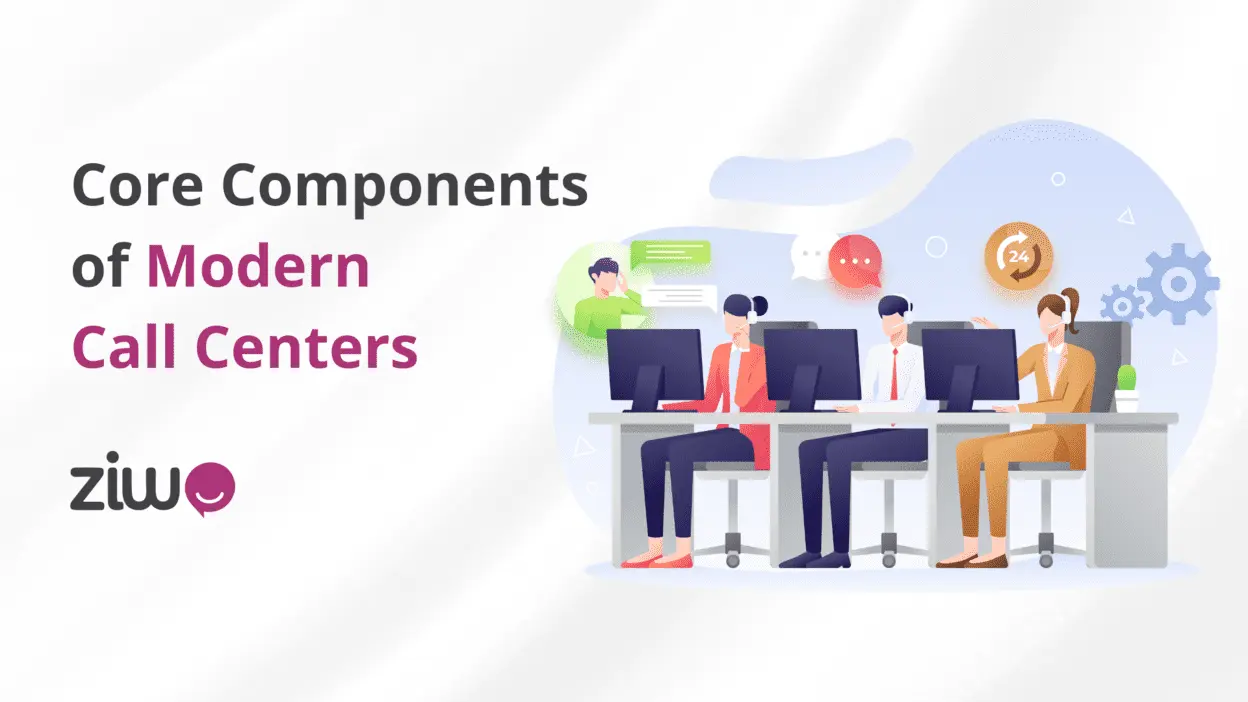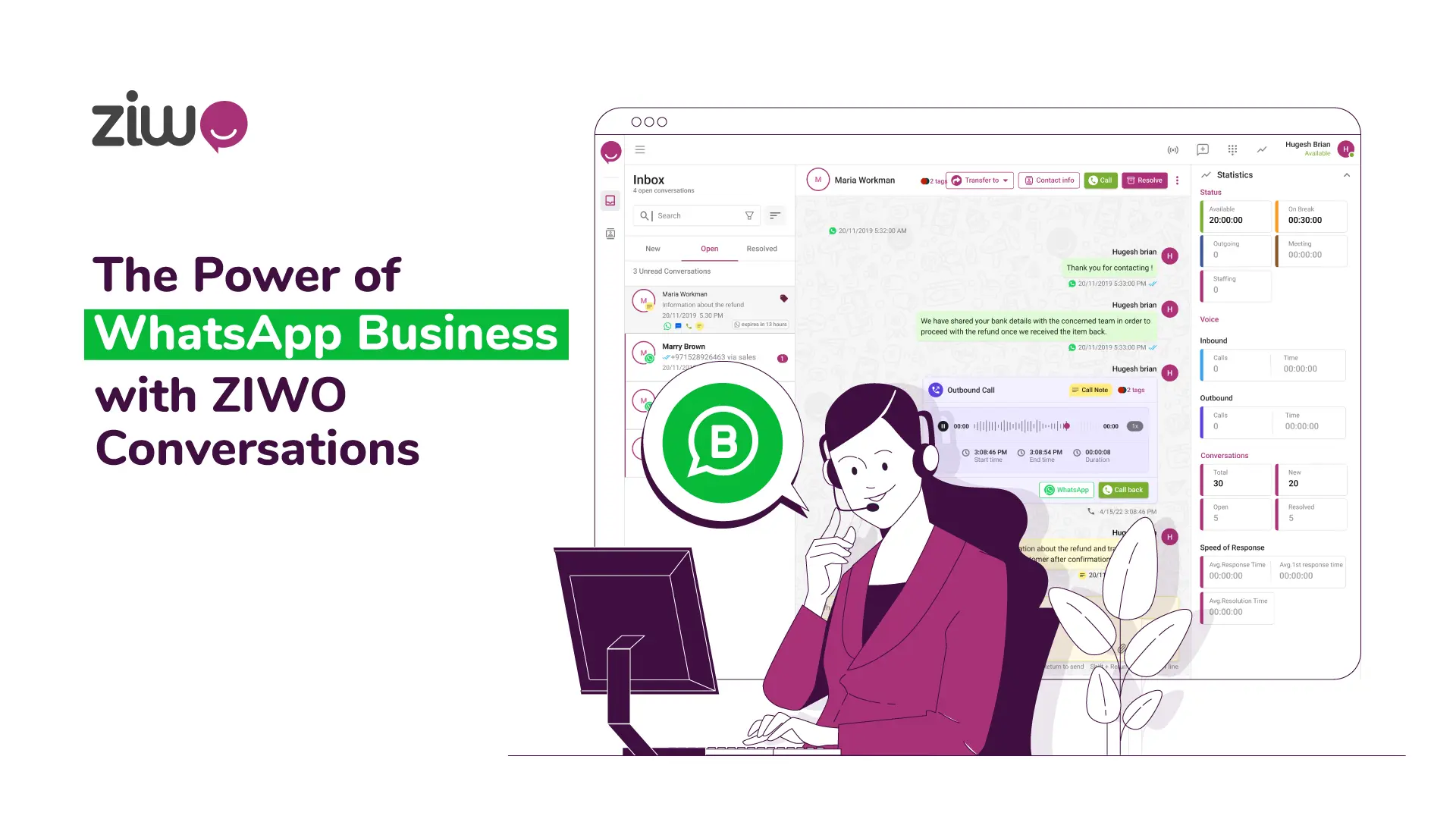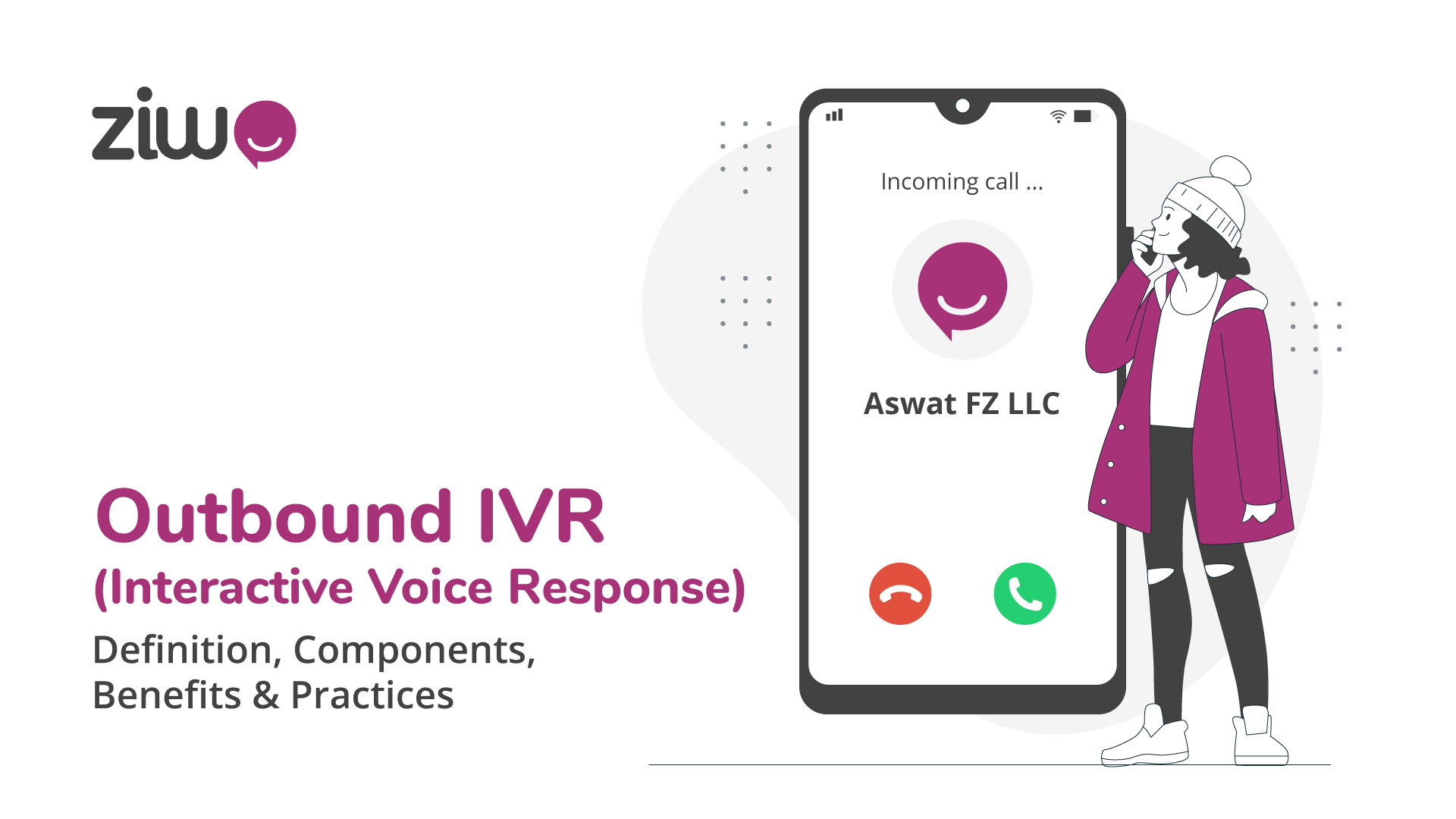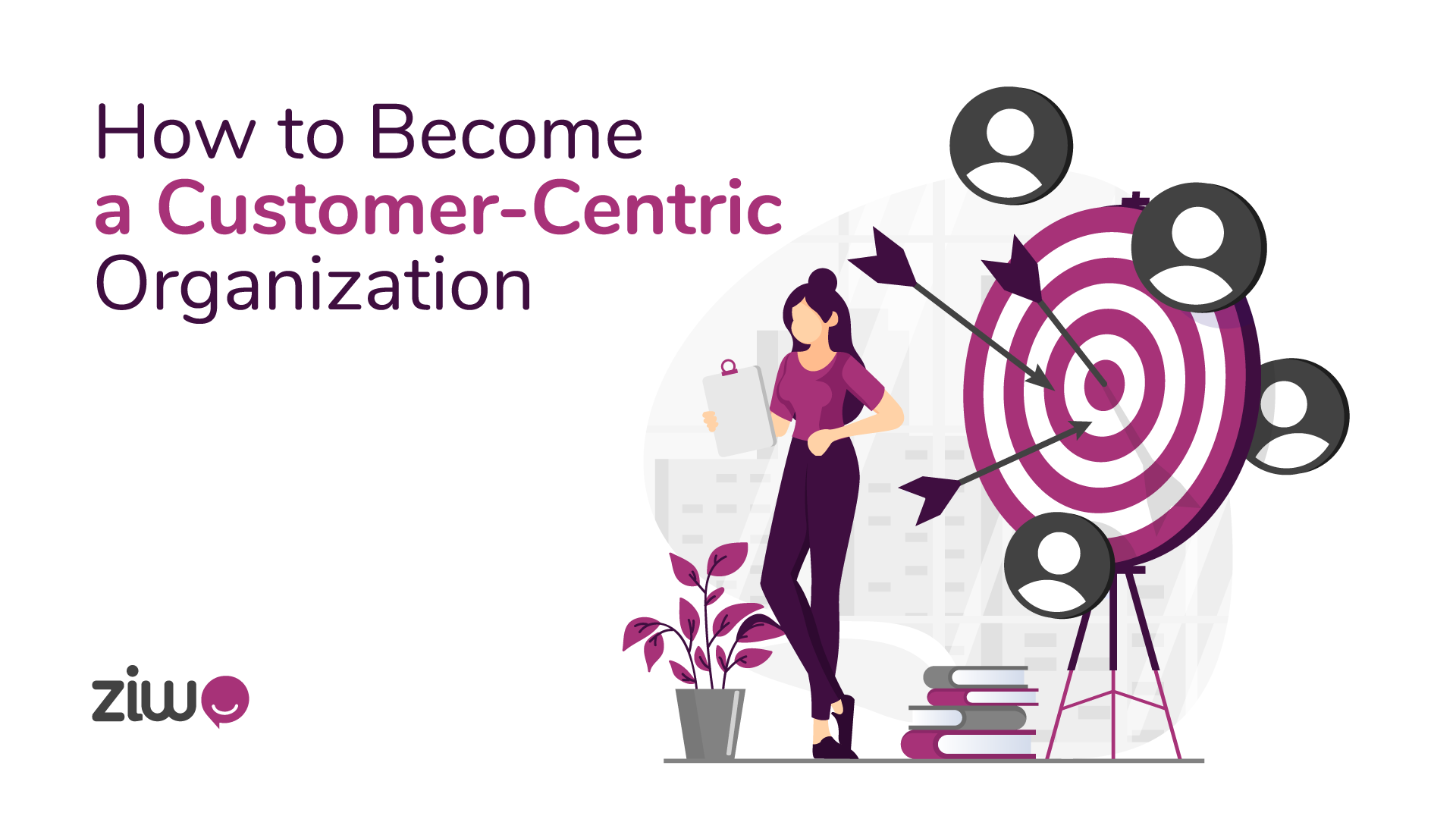
What are the core components of modern call center technologies?
The core components of modern call center technologies, especially cloud call center solutions, include :
- Telephony infrastructure: The call center's backbone, spine conveyor, and router communicate audio via either PSTN or VoIP.
- VoIP (Voice over Internet Protocol): Provides voice communication over the Internet at less cost compared to telephone lines. As a result, it offers savings and flexibility.
- PSTN (Public Switched Telephone Network): The conventional phone network infrastructure that links up communicators through circuit-switched connections.
- Software solutions: Cloud technology also provides centralized services that oversee call center operations such as call routing, agent management, and reporting.
- Call routing and management systems: Decide on a call flow for an agent that matches the skill specified, language, and full internet or even the priority.
- Interactive Voice Response (IVR) systems: These are interactive systems that allow users to make calls and provide information using voice or keypads.
- Cloud computing: Guarantees flexibility and can be scaled by hosting call center infrastructure and software into a cloud where they can be easily accessed by anything with an internet connection.
- Omnichannel communication: Enable customers to communicate with call centers via multiple mediums, namely, telephone, email, chat, social media, and SMS.
Customer Relationship Management (CRM) integration: Seamlessly plans call center systems with the CRM platform so that call center staff are supplied with customers’ data and thus can enhance personalized interactions.
Security measures: Provide comprehensive security measures to avoid threats such as data breaches and guarantee that customers' private information and call center operations are taken care of.
Introduction to Call Center Technology Evolution
Over the period, contact center technology has been undergoing radical changes, in this case, from very rudimentary and basic telephony platforms to state-of-the-time multichannel systems.
Due to rapid growth in telecommunications, processing, and customer care, a thriving product development business has emerged. Unlike in the past, advanced call centers use various technologies, such as multi-channel communication systems, to deliver excellent and individualized conversation experiences to customers.
This piece traces the progression of call center technology, providing a clear picture of the notable developments and innovations that have created the current call centers.
The backbone of call centers: telephony infrastructure
The telephony infrastructure becomes the basement of the call centers and a necessary aspect for connecting both customers and agents through voice. This infrastructure includes both the classical PSTN networks and the VoIP which introduces voice communications over the internet.
PSTN operates off the Model of circuit-switched connections used for voice communication which utilizes existing telephone lines to bind the callers with the agents. Notwithstanding, the wide use of VoIP is internet-based - it is the fastest and most convenient technology in communication which provides the best value for money.
PSTN and VoIP a couple with these two play a crucial role in the communication of call centers, which can end up facilitating customers' calling of the agents on time and further get prompt help.
In the modern era of digital, call centers tend to use both PSTN and VoIP technologies in a blend where they are better placed to exercise flexibility and efficiency.
PSTN is undoubtedly a stable solution to get an old-school phone connection, but VoIP serves its callers some added advantages like economy and growth. The improvement of telephony infrastructure to combine both technologies can allow call centers to effectively manage a high volume of calls as well as create high-quality customer experiences and change as the technology alters.
The telephony infrastructure becomes the backbone of any portfolio that allows organizations to excel in providing high-quality customer support and ultimately save on resource usage.
VoIP: the new era of communication
VoIP, which stands for Voice over Internet Protocol, directly affects present-day business communication methods and introduces a system of communicating with customers that didn’t exist 10 years ago, marking a significant change in call center communication.
VoIP technology, which transports voice calls over the internet instead of conventional telecommunication lines, can lower costs, increase flexibility, and give access to modern specialized software such as IVR, call routing, and real-time analysis.
It serves companies in terms of contact centers and minimizing communication barriers that bring the highest satisfaction to customers.
PSTN and its role in modern call centers
PSTN, also known as Public Switched Telephone Network, does not go out of fashion, especially in call centers, even when VoIP technology is on the rise.
Like PSTN, a legacy system, PSTN continues voice communication using traditional telephone lines known for their dependability.
Few companies still apply the PSTN due to its stability and its wide employment. The PSTN continues well into the future in frontier areas or during crises as well as the insufficiency of internet infrastructure.
VoIP has a major edge in terms of costs and flexibility, but PSTN, being a key component in call centers, ensures such operations get uninterrupted essential service embedded.
Software solutions: the brain behind operations
Computer software serves as the thinking mechanism behind Call Center processes, embodying the key considerations in selecting call center software, and is paramount in managing the entire customer touch-point activities. These solutions would include a range of functions: ACD, IVR, Call recording, analytics, and integration with the CRM system.
They substantially reduce wait times as well as improve agents' performance. Moreover, they make the whole customer interaction process much easier.
Software solutions can individualize functionalities and supply real-time monitoring, which enables call centers to successfully address callers’ inquiries, troubleshoot issues, and develop solid ties with consumers.
Call routing and management systems.
Call routing and management systems are among the most important parts of modern call centers since they speed up incoming call queues and distribute them to the agents or departments needed based on prior data like availability, skill level, and client priority.
These mechanisms allow callers to be routed to the most appropriate resource faster, thus improving the effectiveness of customer service agents and increasing customer satisfaction overall.
Through their digital call routing processes and real-time representations of wait times and agent performances into call queues, these systems allow organizations with large amounts of calls to streamline their operations and deliver timely and personalized service to their guests.
Interactive voice response (IVR) systems
Interactive voice response (IVR) is one of the key elements that call centers use to harmonize interaction, playing a critical role in modern call center interactions, by using voice and touchtone keypads, thereby eliminating human intervention. These robotic systems work automatically through the use of pre-recorded messages and menu options, guiding callers through self-service menus in which they can perform tasks such as retrieving account information, making payments, and even scheduling appointments without any human intervention.
The IVR technology boosts efficiency by handing out standard enquiries and directing calls to the selected agents and office departments, which shortens the waiting queue time and, hence, improves customer satisfaction.
Moreover, as IVR technology interfaces with call center solutions like CRM systems, it becomes possible to offer customers the best personalized and one-of-a-kind customer service experience.
Cloud computing: revolutionizing call center flexibility and scalability
Today, the cloud is a revolutionary database providing bounties where all businesses can adjust and expand, significantly revolutionizing call center operations. Through the cloud deployment of contact center solutions, a dynamic resourcing approach is enabled, which makes it possible to scale up or down as per the variation in customer needs.
This availability allows organizations to fine-tune their operation plans, guaranteeing they will only have the right set of agents to handle incoming calls during periods of high activity. It will also prevent them from overburdening their systems during low periods.
Hence, a cloud computing system that is very cost-efficient does away with investment in on-premises infrastructure and subsequently reduces maintenance costs as well.
With this lower-priced model for call center technology, the way has been set for both large and small companies to affordably utilize innovative sounding boards for their assistance.
Furthermore, cloud-based call center services stand out with more reliability and accessibility features than traditional systems, providing fault tolerance and failover mechanisms to guarantee constant service, even if there are incidents of hardware failure or network disruptions.
In short, cloud computing motivates call centers to maximize their competitiveness by ensuring speed, factory, and cost efficiency in a bid to generate and deliver superior customer experiences and business growth in a very dynamic and competitive environment.
Omnichannel communication: meeting customers where they are
Thanks to omnichannel communication, customers can interact with brands through several channels like the phone, email, chat, social media, and SMS, and this ensures to deliver of consistent experiences throughout.
Therefore, they enable customers to switch channels uninterruptedly while the topic continues as is. The connected software improves the interaction of multiple channels into a platform, allowing the agents to provide the customers with personalized support and service. This improves gratification, performance, and customer contact parameters.
Customer relationship management (CRM) integration
CRM integration works as the conduit to hold the information passed between the call center software and the CRM systems in an organized and cleaner fashion.
Therefore, this trains agents, as they know that the customer information they use in their interactions is current in real-time, providing them with personalized service and informed decision-making.
Via unification of customer data at a particular point, the hike of effectiveness and customer satisfaction is possible and firm customer relationships can be cultivated.
Security measures for cloud-based call centers
Privacy and security of the cloud-based call center are some of the foundations of success. This is because it will ensure that customers’ data is protected and the privacy regulations are followed accordingly.
The tools used by the institutions are worth enumerating, such as robust encryption protocols to protect data transmission and storage, multi-factor authentication to obstruct unauthorized access, regular security audits and updates to find and handle vulnerabilities, and access controls that control people’s data access according to their roles and permissions.
Secure network configuration and intrusion detection systems that detect and prevent potential threats ensure that the data remains in the hands of only authorized and permitted staff. This ensures that customer information is kept private, valid, and accessible at all times.
The role of analytics and reporting in call center success
Analysis and reporting are among the most vital technicalities that help call centers achieve their objectives by showcasing the inner workings, customer feedback, and overall business health.
As call centers now access advanced analytics tools, they can trace essential metrics like call volumes, wait times, and call resolution rates compared to the previous year.
Through data analysis, managers can locate bottlenecks and promptly fix them, rationalize resources used, and steer based on factual data toward the ultimate objective.
However, managers can also create custom reports and dashboards from these measuring capabilities to monitor performance in real-time and identify trends over time, enabling them to anticipate problems and initiate continuous improvement initiatives. All in all, analytics and reporting are great ways of providing data-driven solutions to call center operators and customers.
Conclusion: the future of call center technologies
In conclusion, the future of call center technologies is poised for continued innovation and transformation. With advancements in artificial intelligence, machine learning, and automation, call centers will become increasingly intelligent, efficient, and customer-centric.
Technologies such as chatbots, natural language processing, and sentiment analysis will enable more personalized and proactive customer interactions, while predictive analytics and forecasting will empower call centers to anticipate customer needs and optimize resource allocation.
Moreover, the rise of cloud computing and omnichannel communication will offer greater flexibility, scalability, and accessibility, allowing call centers to adapt to evolving customer preferences and market dynamics. As the digital landscape continues to evolve, call center technologies will play a pivotal role in shaping the future of customer service and driving business success.
Readings
Latest News
Interviews, tips, guides, industry best practices, and news.

Strategies for a Productive First Contact with Clients
Take time to focus on the First Contact with Clients, so you can adjust the customer experience (CX) strategy to provide the best service.
Read post
The Power of WhatsApp Business with ZIWO Conversations
ZIWO Conversations is recognized as the premier WhatsApp Business Companion, elevating both customer experiences and team collaboration to a higher standard.
Read post
Pause and Resume Call Recording – Benefits & Industries
agents can manually pause and resume call recordings, Once an administrator has enabled the feature, agents will see a button on the dialpad
Read post
Outbound IVR (Interactive Voice Response) – Definition, Components, Benefits & Practices
Outbound IVR feature is a contact center tool that is used to proactively distribute communications to customers with a predefined IVR menu.
Read post
How to Become a Customer-Centric Organization
Ways to Build a customer-centric culture in your company, customer-centricity needs to be part of your philosophy, values, and mission daily.
Read post
Multilingual Contact Centers: Bridging Language Gaps
Discover how multilingual contact centers overcome language barriers to deliver outstanding assistance, thereby elevating customer experience
Read post



